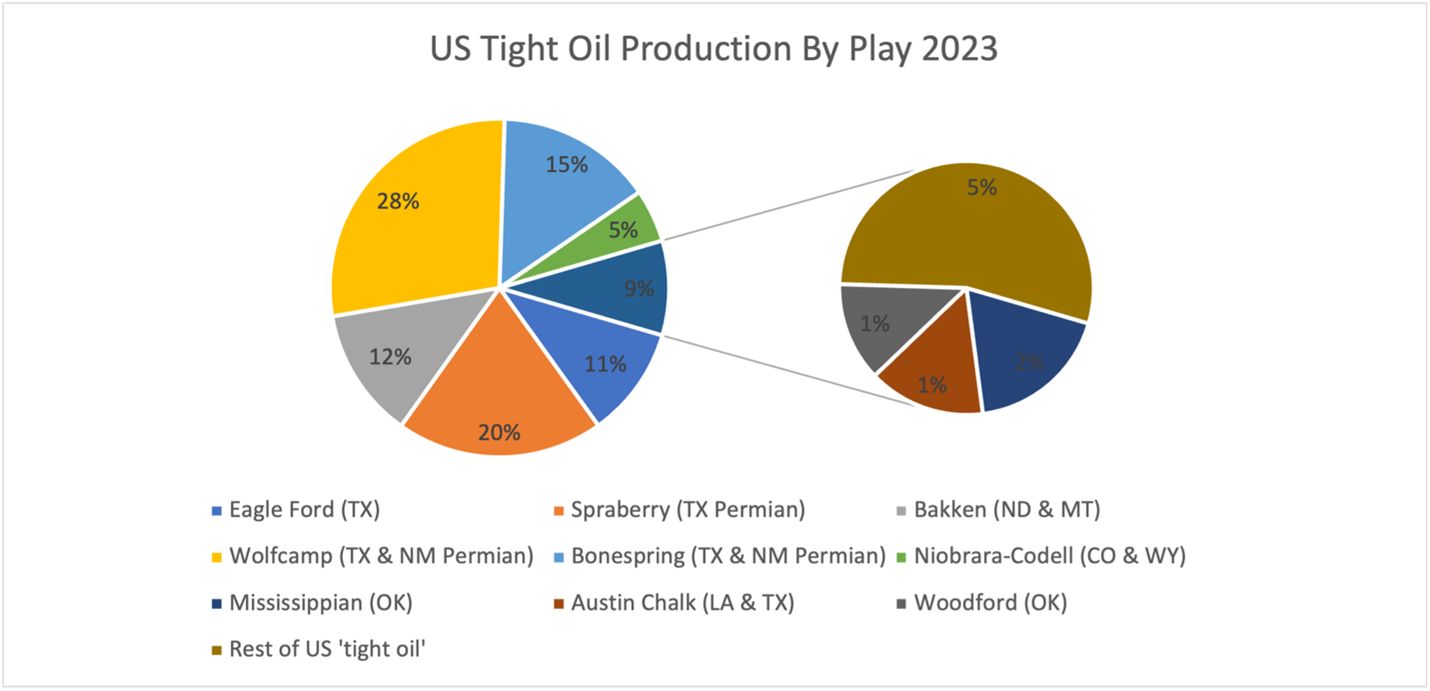

Sign In
Welcome! Sign In to personalize your Cat.com experience
If you already have an existing account with another Cat App, you can use the same account to sign in here
Register Now
One Account. All of Cat.
Your Caterpillar account is the single account you use to log in to select services and applications we offer. Shop for parts and machines online, manage your fleet, go mobile, and more.
Account Information
Site Settings
Security
A History of Three Shale Formations: Part One - The Permian Basin
The Permian formation is a unique and noteworthy part of a larger historical mosaic.
By Danielle Foelber | Posted September, 2023
The History of the Permian Formation
As the 20th century dawned in West Texas, where water was scarce on the surface, resourceful ranchers and farmers turned to digging wells to sustain themselves, their crops, and their livestock. In a fortunate twist of fate, these wells often revealed the presence of oil and gas. With this precedent, it was no surprise that in 1921 a commercial oil well located on the eastside of the Permian Basin was successfully completed at a remarkable depth of 2,498 feet. This ignited a wave of exploration activity, uncovering valuable oil fields such as the World field in Crockett County, the McCamey field in Upton and Crane counties and the Yates field in Pecos County.
Back then, none of these discoveries ventured beyond a depth of 4,500 feet. Yet, the absence of adequate pipelines and the logistical challenges of trucking oil to the market made deeper drilling economically unviable during that era.
However, as crude oil became a vital strategic commodity upon the United States entering WWII, the production in the Permian surged forward.
The Permian Basin Today
Spanning West Texas and parts of southeastern New Mexico, the Permian Basin is the dominant shale play today as it witnesses the most activity and delivers the most oil and gas production compared to other plays. The Permian Basin leads oil and gas production in the United States, with Rystad noting last year that the play produced more oil than every country in the world except Saudi Arabia and Russia.
The shale play produced 42% of U.S. oil in 2022, and Rystad anticipates that figure will continue to grow this year. The Permian’s natural gas production, which represented 17% of U.S. production last June, is expected to grow 41% by 2030. Select sections within the Permian contribute to its prolific production including WolfCamp (28%), BoneSpring (15%) and Spraberry (20%). Many organizations believe substantial untapped reserves still lie within the Permian, with estimates indicating over 46 billion barrels of technically recoverable continuous oil resources, 281 trillion cubic feet (Tcf) of natural gas and 20 billion barrels of natural gas liquids (NGL).
With its abundant reserves, the Permian Basin is a vital energy hub that drives economic growth and ensures energy security for the nation. It plays a prominent role in contributing to the availability of affordable and reliable energy.

Source: EIA, estimated monthly production derived from state administrative data
Related Content
-
The Cat® Blog
The Cat Blog is dedicated to sharing expert advice and industry knowledge to help our customers do the work better. Read our customer stories, tips and resources.
Learn More -
Oil & Gas
Discover Caterpillar oil and gas solutions and applications. Designed to be durable and efficient, our oil and gas generators are prime movers that deliver low operating costs.
Learn More


